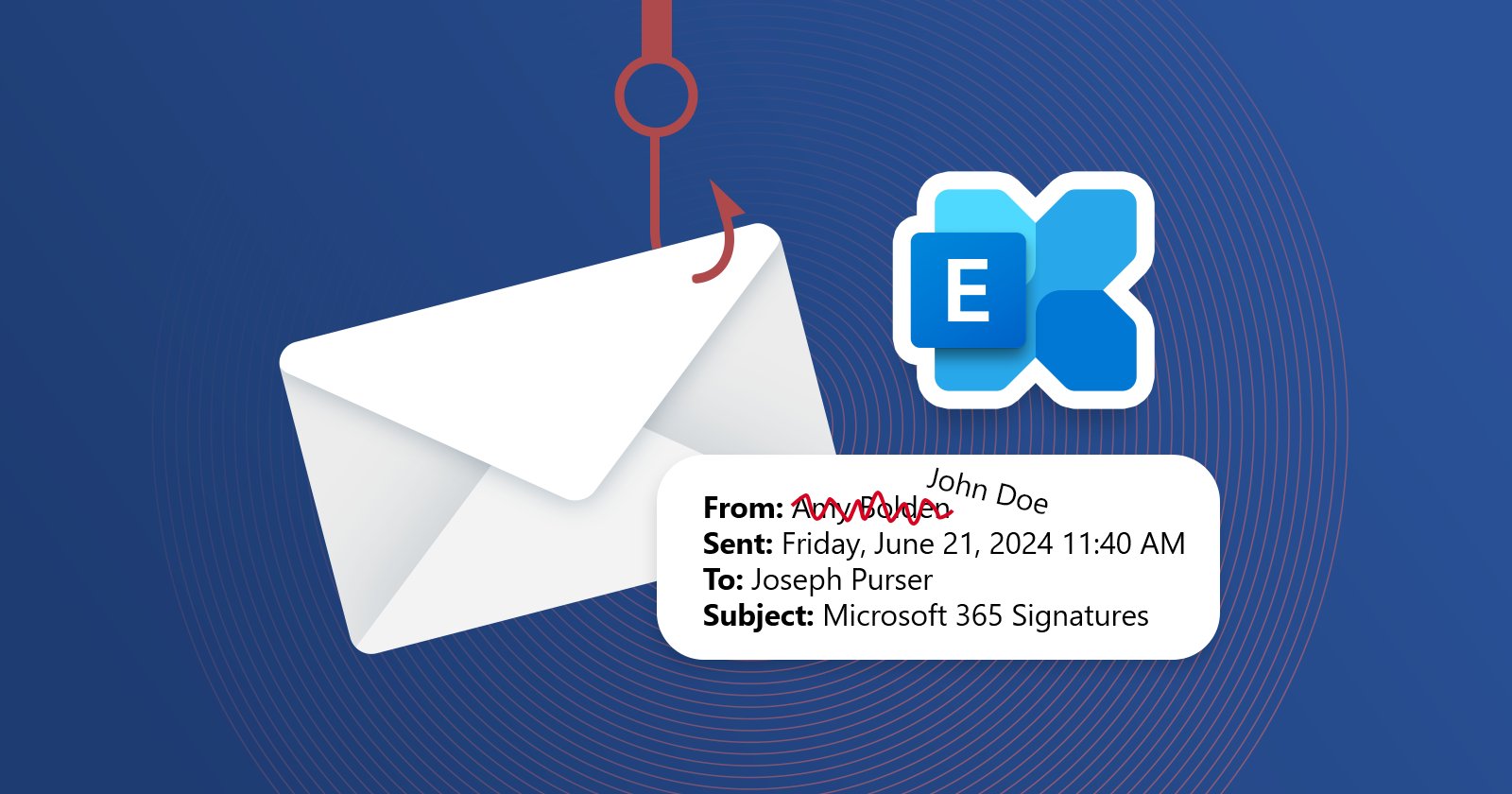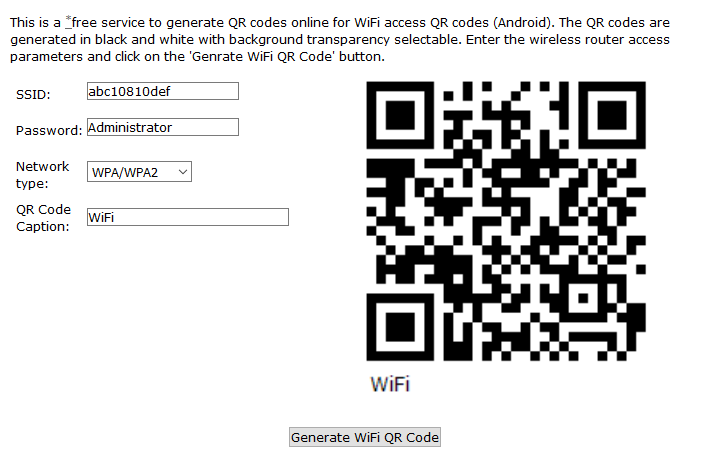https://www.iperiusbackup.net/en/how-to-delete-a-file-or-folder-with-too-long-path-eraser-free/
Tag Cloud
.NET AJAX ArcGIS ASP.Net ASP.Net 2.0 ATLAS Code Snippets Delphi Exchange Fun Google IIS Internet Linux Microsoft Mobile MySQL Networking News Office365 Online Services Open Source Outlook Personal PHP PowerShell Security Serviços web SharePoint software SQL SQL Server SSL Tips & tricks Transact-SQL Tutorials Uncategorized Utils Visual Studio Web Web 2.0 Windows 7 Windows server Windows Vista wordpressCategories
Contact



 Home
Home